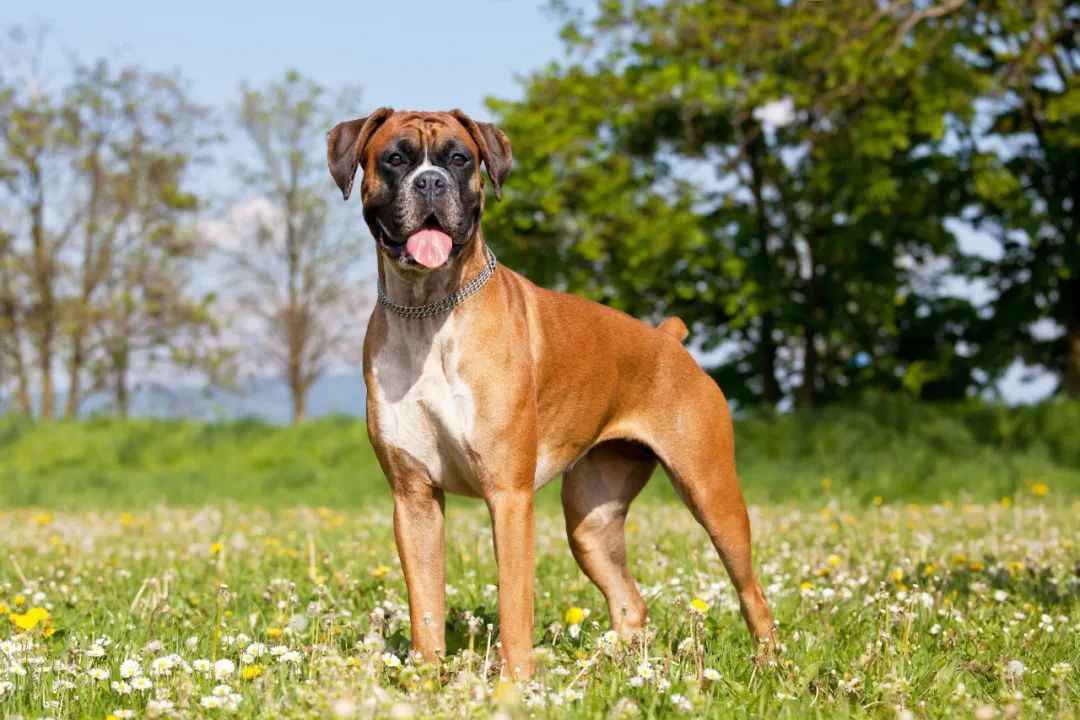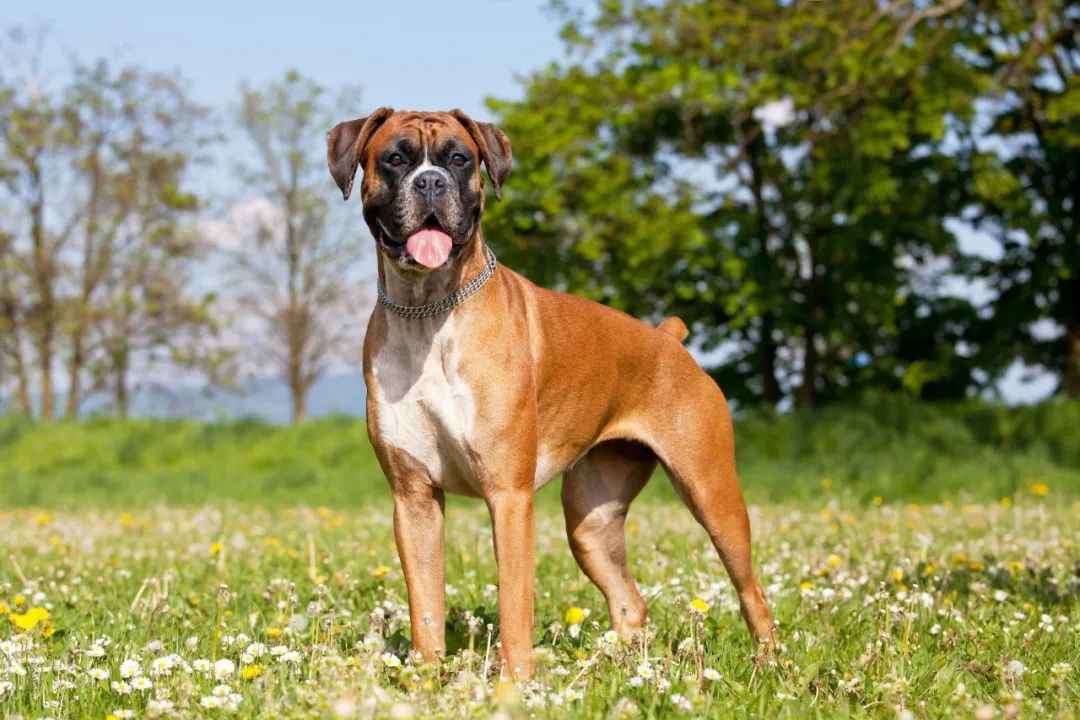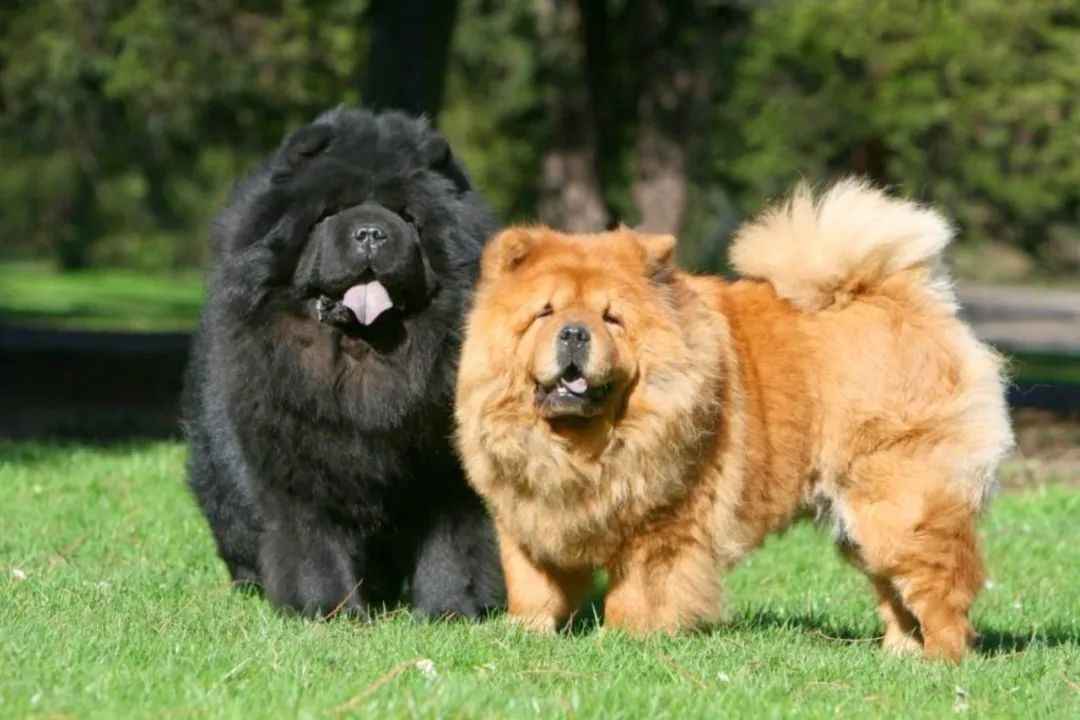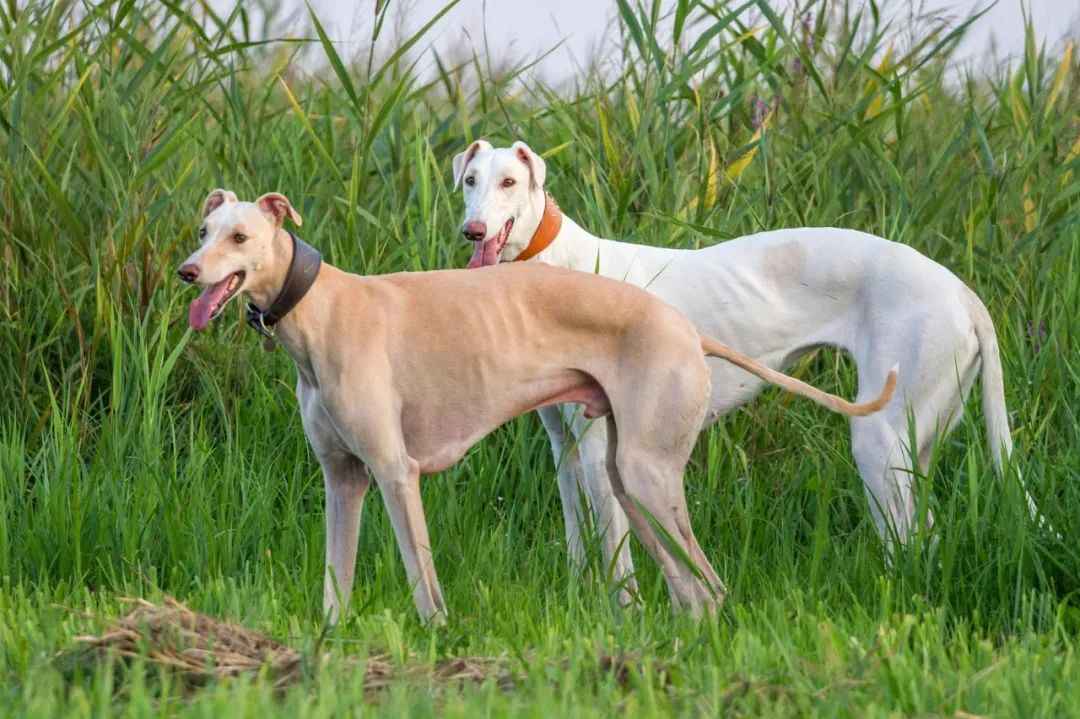The German Boxer, a breed with roots tracing back to 19th-century Germany, has captivated dog lovers worldwide with its athletic build, affectionate nature, and unwavering loyalty. Developed from the now-extinct Bullenbeisser and English Bulldogs, these medium-to-large dogs were originally bred for hunting and guarding, later gaining popularity as police and military dogs. Today, they rank among the top 20 most beloved breeds in the U.S., cherished for their role as family protectors and playful companions
The Loyal and Energetic Companion – A Comprehensive Breed Profile
The German Boxer, a breed with roots tracing back to 19th-century Germany, has captivated dog lovers worldwide with its athletic build, affectionate nature, and unwavering loyalty. Developed from the now-extinct Bullenbeisser and English Bulldogs, these medium-to-large dogs were originally bred for hunting and guarding, later gaining popularity as police and military dogs. Today, they rank among the top 20 most beloved breeds in the U.S., cherished for their role as family protectors and playful companions 811.
Physical Characteristics and Temperament
Standing 21–25 inches tall and weighing 50–80 pounds, Boxers exhibit a muscular, square-proportioned body with a short, glossy coat in fawn or brindle hues, often featuring white markings. Their distinct undershot jaw and expressive eyes convey both strength and intelligence. Known for their boundless energy, Boxers thrive on daily exercise—at least 60 minutes of vigorous activity like running or agility training—to prevent restlessness 412. Despite their robust appearance, they are inherently gentle, particularly with children, making them ideal family pets. Their protective instincts also make them excellent watchdogs 1112.
Health Considerations
Boxers face genetic predispositions to health issues, including cardiomyopathy (affecting 20% of the breed), hip dysplasia, and cancer (30% lifetime risk) 67. Regular veterinary check-ups, a balanced diet rich in omega-3 fatty acids, and weight management are critical. Heat sensitivity due to their short snouts necessitates precautions during hot weather, such as avoiding midday walks and ensuring hydration 416. Lifespan averages 10–12 years, shorter than many breeds, underscoring the importance of proactive care 34.

Source: Images from the Internet, if there is any infringement, please contact the removal of
Training and Care
Highly trainable and eager to please, Boxers respond well to positive reinforcement. Early socialization is essential to channel their natural exuberance and prevent territorial behavior. Grooming demands are minimal—weekly brushing and occasional baths suffice—but dental hygiene and ear cleaning require regular attention 1112. A diet tailored to their energy needs, with quality protein sources, supports muscle development and overall vitality 17.
Modern Adaptations and Global Appeal
While Boxers excel in roles like therapy and service work, their adaptability shines in urban and rural settings alike. Their playful antics and emotional intelligence make them exceptional companions for active individuals and families. Breeders adhering to AKC standards prioritize health screenings, including hip evaluations and cardiac monitoring, to ensure genetic soundness 823.
In summary, the German Boxer embodies a rare blend of strength, sensitivity, and versatility. As loyal protectors and joyful playmates, they continue to win hearts worldwide, proving that true companionship knows no bounds.






